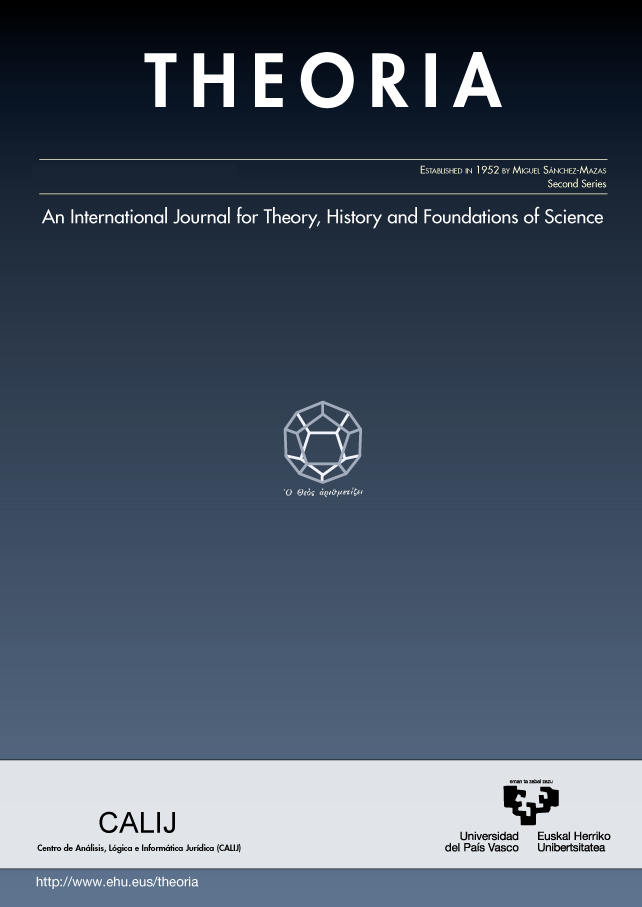Scientific innovation: A conceptual explication and a dilemma
##plugins.themes.bootstrap3.article.main##
##plugins.themes.bootstrap3.article.sidebar##
Abstract
I offer an analysis of the concept of scientific innovation. When research is innovated, highly noveland usefulelements of investigation begin to spread through a scientific community, resulting from a process which is neither due to blind chance nor to necessity, but to a minimal use of rationality. This, however, leads to tension between two claims: (1) scientific innovation can be explained rationally; (2) no existing account of rationality explains scientific innovation. There are good reasons to maintain (1) and (2), but it is difficult for both claims to be accepted simultaneously by a rational subject.In particular, I argue that neither standard nor bounded theories of rationality can deliver a satisfactory explanation of scientific innovations.
How to Cite
##plugins.themes.bootstrap3.article.details##
Scientific innovation, rationality, heuristics, models of scientific change, science policy
Authors retain copyright and grant the journal right of first publication with the work simultaneously licensed under a Creative Commons License.


 http://orcid.org/0000-0001-5698-3542
http://orcid.org/0000-0001-5698-3542